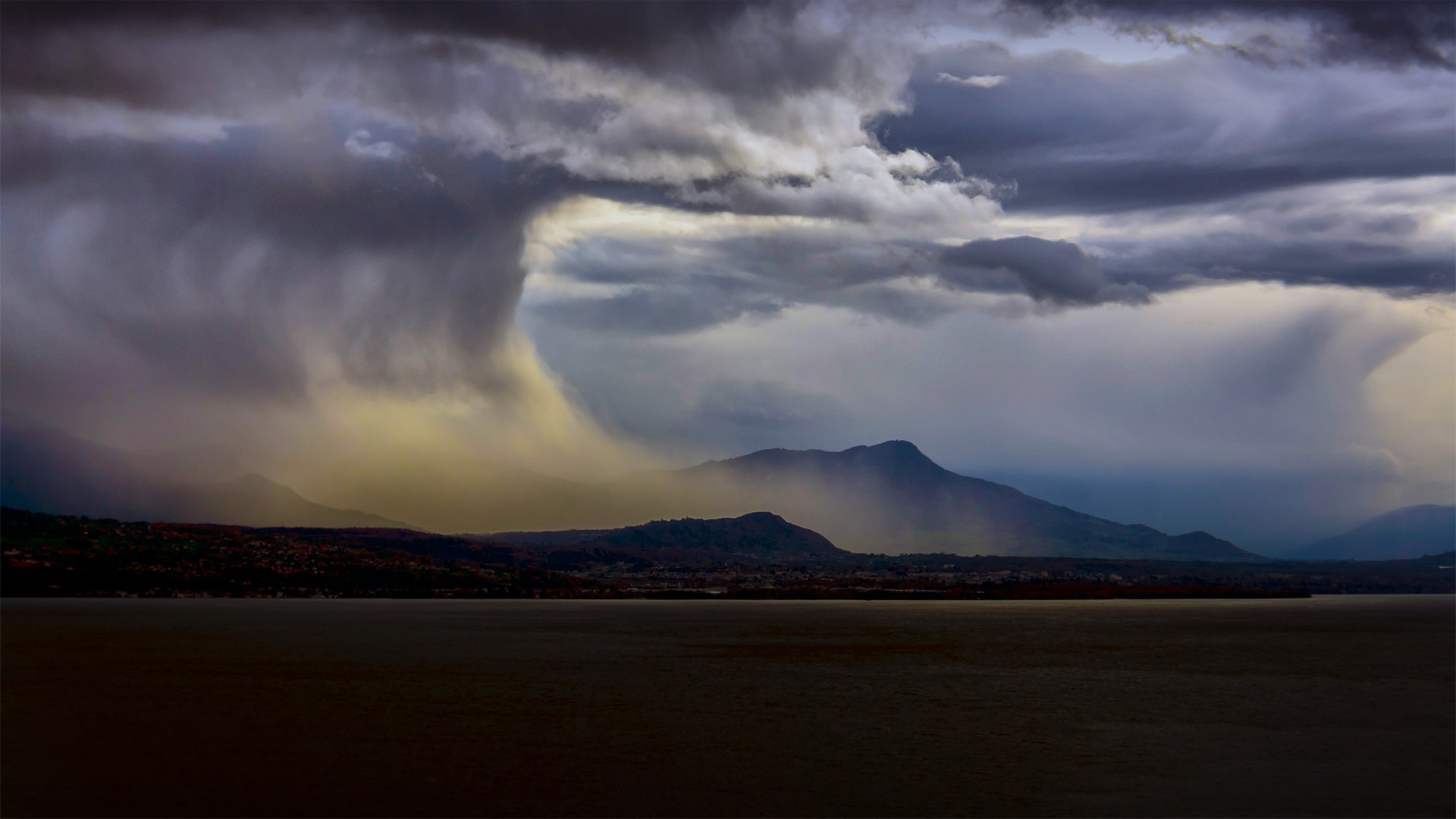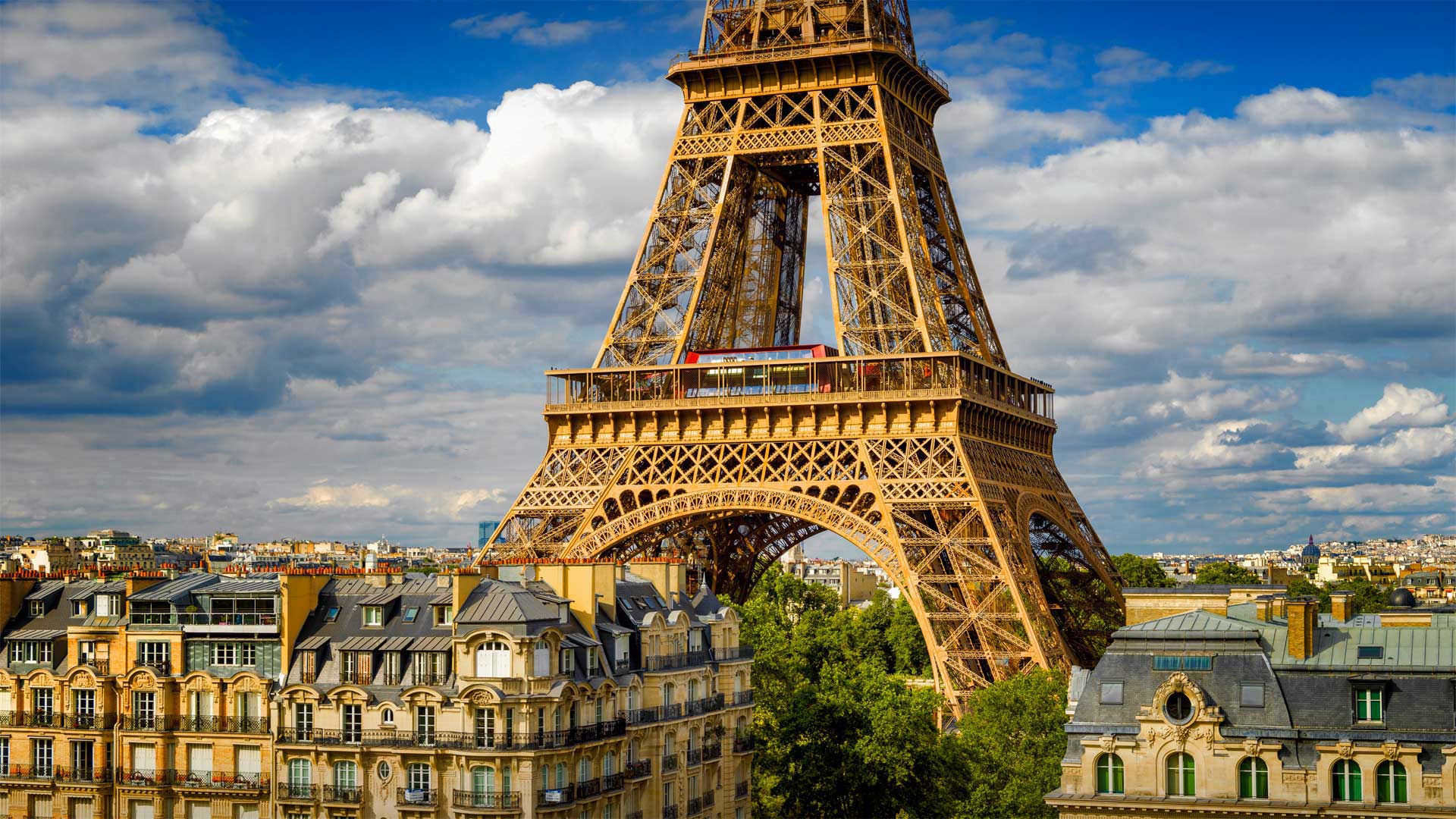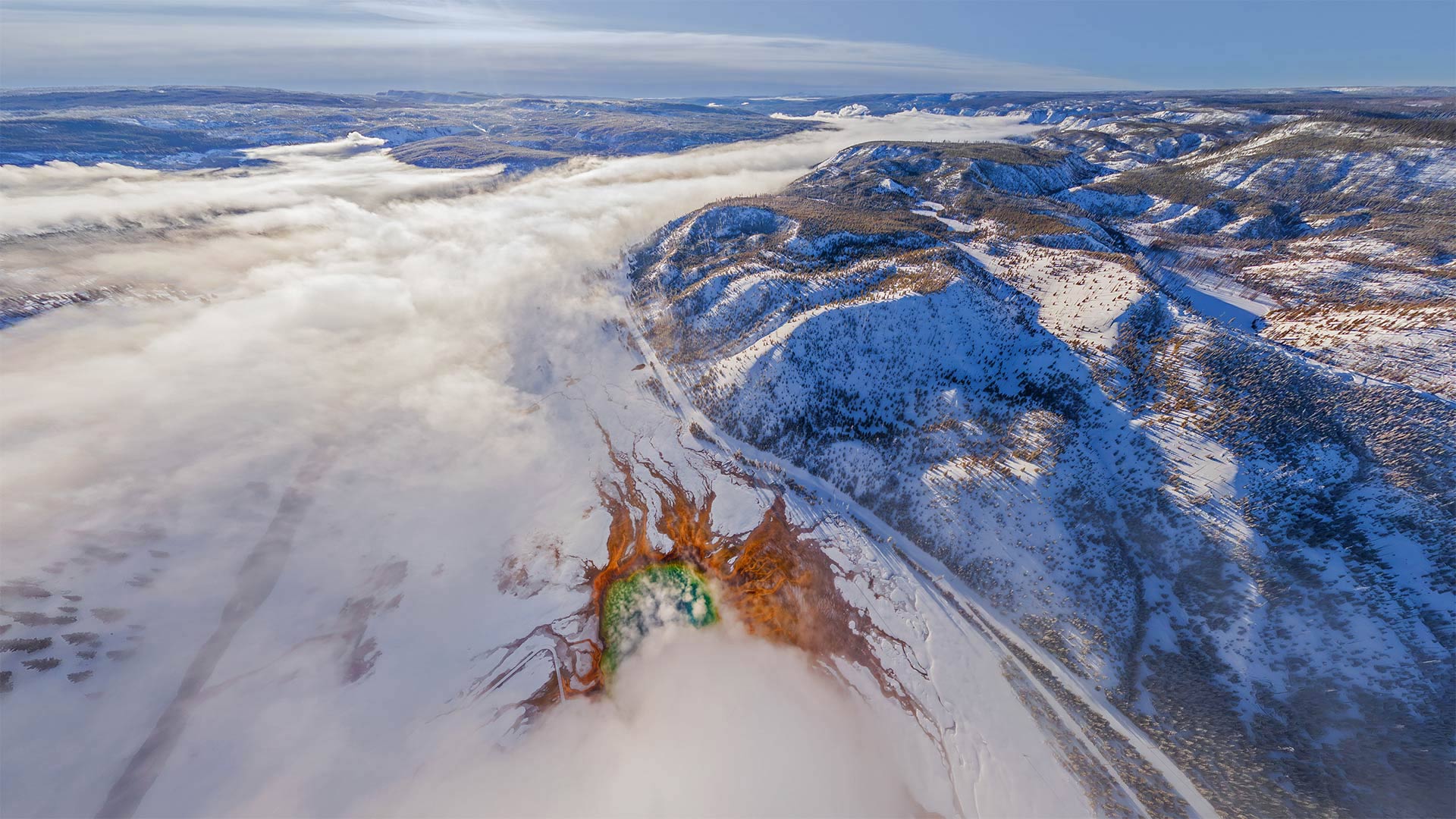The practice of incinerating bodies has a long and complex history that spans cultures and centuries. From ancient funeral pyres to modern crematories, the evolution of incineration for human remains has seen many technological advancements and cultural shifts. In this article, we will take a closer look at the history and future of corpse incineration.
The origins of corpse incineration can be traced back to ancient civilizations such as the Greeks and Romans, who practiced cremation as a means of disposing of the deceased. The funeral pyre was a common sight during these times, and the practice was often associated with religious and cultural beliefs. In Hinduism, for example, cremation is considered a sacred ritual that helps the soul transition to the afterlife.
As time passed, the practice of cremation became less common in many cultures, often due to religious and social changes. However, the Industrial Revolution brought about a resurgence in the popularity of cremation as a means of disposing of the dead, as urbanization led to overpopulation in cemeteries and concerns about public health.
The first modern crematory was built in the 1870s in Europe, and the practice of cremation gradually gained acceptance in the Western world. The development of new technologies, such as gas and electric furnaces, revolutionized the cremation process and made it more efficient and standardized.
Today, incineration of human remains is a common and widely accepted practice in many countries around the world. Advancements in technology have led to the development of state-of-the-art cremation facilities that are equipped with sophisticated systems to minimize emissions and reduce environmental impact.
In recent years, there has been a growing interest in alternative methods of corpse incineration, such as water cremation (also known as alkaline hydrolysis) and green cremation, which use water and chemicals to break down the body instead of fire. These methods are hailed for their environmental sustainability and reduced carbon footprint.
Looking ahead, the future of corpse incineration is likely to see further technological advancements and innovations. Researchers and engineers are constantly working to improve the efficiency and environmental impact of cremation processes, and new methods are being developed to offer more options for families and individuals who choose cremation as their end-of-life disposition.
Corpse incineration has undoubtedly come a long way from its ancient roots, and its evolution continues to shape the way we handle and honor the deceased. As technology and cultural attitudes continue to change, it is likely that the practice of incinerating bodies will continue to evolve and adapt to meet the needs and values of future generations.






